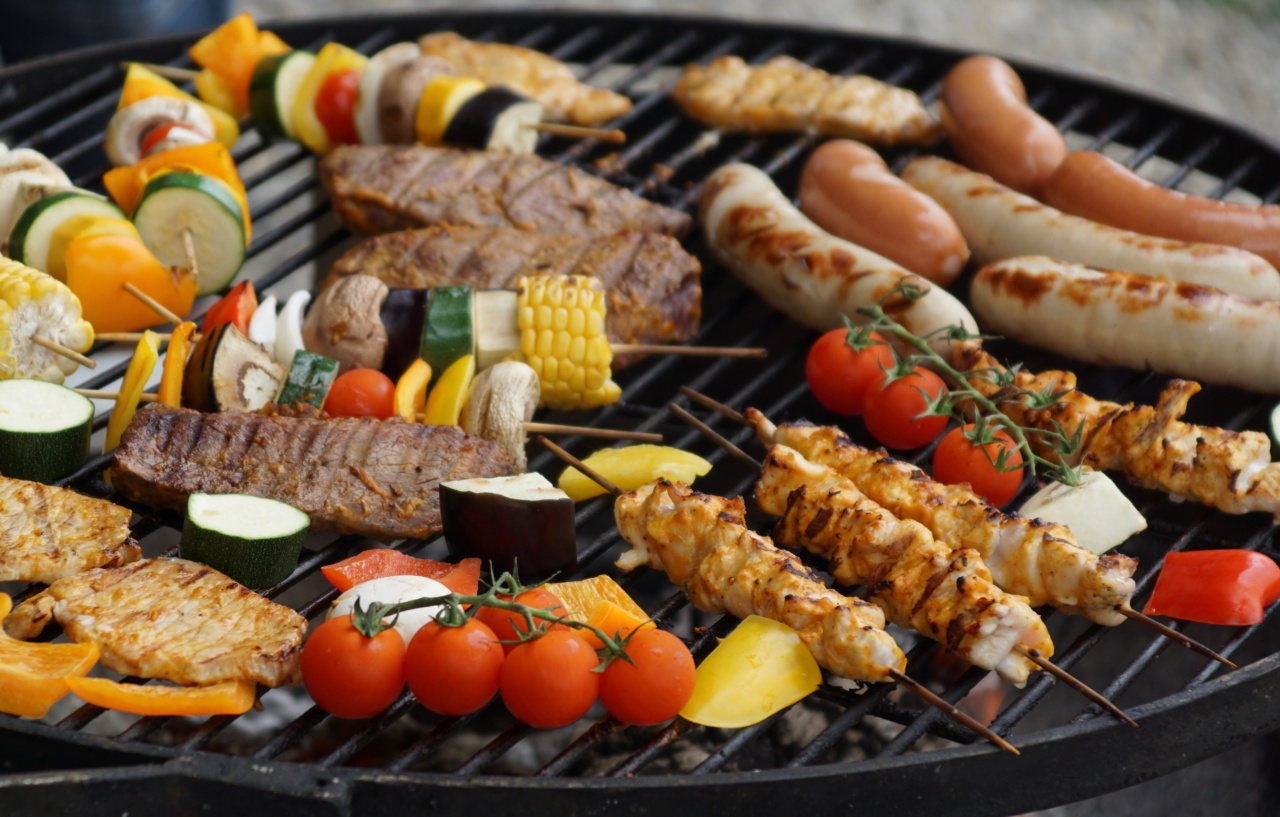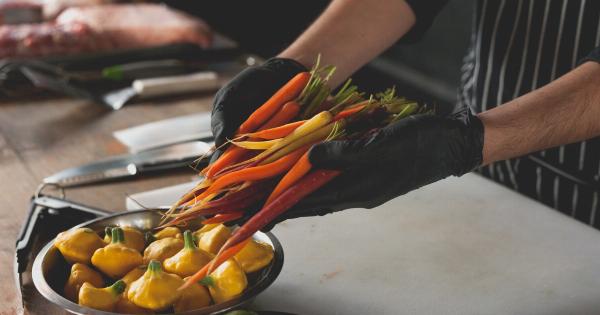When it comes to preparing chicken for cooking, many people believe that washing the meat before cooking is an essential step in ensuring its cleanliness. However, this common practice can actually do more harm than good.
Contrary to popular belief, washing chicken before cooking can, in fact, increase the risk of spreading harmful bacteria on kitchen surfaces, utensils, and even other foods. In this article, we will explore why washing chicken is unnecessary and how it can contribute to the spread of bacteria.
The Danger of Cross-Contamination
One of the main reasons why washing chicken is discouraged is the potential for cross-contamination. Cross-contamination occurs when bacteria are transferred from one surface to another, leading to the spread of harmful pathogens.
When you wash raw chicken, the water droplets that splash off the meat can carry bacteria, such as Salmonella or Campylobacter, to nearby kitchen surfaces, utensils, and even your hands.
It’s important to note that these bacteria are killed by proper cooking temperatures.
However, before the chicken reaches that temperature, any contaminated surfaces or utensils that come into contact with the chicken can then spread the bacteria to other foods or objects in the kitchen.
The Myth of Washing Away Bacteria
Another misconception about washing chicken is the belief that it helps to remove bacteria from the meat’s surface. In reality, washing chicken under running water does very little to eliminate bacteria.
When you wash chicken, the water cannot effectively remove microscopic pathogens that may be present. Instead, the water may splash the bacteria around, increasing the risk of contamination.
Additionally, washing chicken may cause the bacteria to aerosolize, potentially leading to inhaling these harmful pathogens or contaminating nearby surfaces and objects in the kitchen.
Proper Cooking and Temperature
Instead of relying on washing chicken to remove bacteria, it is crucial to focus on proper cooking techniques and achieving the correct internal temperature to kill any potential pathogens.
Chicken should always be cooked to an internal temperature of at least 165°F (74°C) to ensure that any bacteria, including Salmonella and Campylobacter, are effectively destroyed.
Safe Handling and Preparation of Chicken
While washing chicken is unnecessary and can be risky, there are several safe handling and preparation practices that should be followed to minimize the risk of bacterial contamination:.
1. Keep Chicken Separate
Always store raw chicken separately from other foods in the refrigerator to prevent cross-contamination. Use sealed bags or containers to prevent any drips or leaks that may spread bacteria to other items.
2. Use Cutting Boards and Utensils Properly
When preparing chicken, use separate cutting boards and utensils to avoid cross-contamination with other ingredients. Never use the same cutting board or knife for raw chicken and other foods without cleaning and sanitizing them first.
3. Practice Good Hand Hygiene
Wash your hands thoroughly with soap and warm water for at least 20 seconds before and after handling raw chicken. This helps prevent the spread of bacteria not only to other foods but also to surfaces and utensils.
4. Clean and Sanitize Surfaces
After handling raw chicken, sanitize any surfaces, cutting boards, utensils, or dishes that may have come into contact with the raw meat. Use hot, soapy water and an antibacterial cleaning solution to ensure thorough sanitation.
5. Use the Refrigerator and Freezer Properly
Store chicken in the refrigerator at a temperature below 40°F (4°C) to slow the growth of bacteria. If you’re not planning to use the chicken within a couple of days, it’s best to freeze it until needed.
Thaw frozen chicken in the refrigerator, not at room temperature, to prevent bacterial growth.
Preventing Cross-Contamination in the Kitchen
In addition to practicing safe handling and preparation of chicken, there are a few general tips to reduce the risk of cross-contamination in the kitchen:.
1. Clean and Sanitize Regularly
Regularly clean and sanitize kitchen surfaces, utensils, cutting boards, and dishes to eliminate any potential bacteria. Use hot, soapy water and an antibacterial cleaning solution for effective sanitation.
2. Use Separate Cloths or Paper Towels
Designate separate cloths or paper towels for drying hands and cleaning surfaces. This prevents the spread of bacteria from hands to kitchen surfaces.
3. Practice Safe Food Storage
Store raw meats, including chicken, on the bottom shelf of the refrigerator to prevent any potential drips from contaminating other foods. Keep cooked and ready-to-eat foods separate from raw meats to avoid cross-contamination.
Conclusion
Washing chicken before cooking is not only unnecessary but can also increase the risk of spreading bacteria. Cross-contamination, a significant concern when handling raw meat, is more likely to occur when washing chicken.
Instead, focus on practicing safe handling, proper cooking temperatures, and thorough sanitation to minimize the risk of bacterial contamination in the kitchen. By following these guidelines, you can ensure that your meals are not only delicious but also safe for consumption.





























